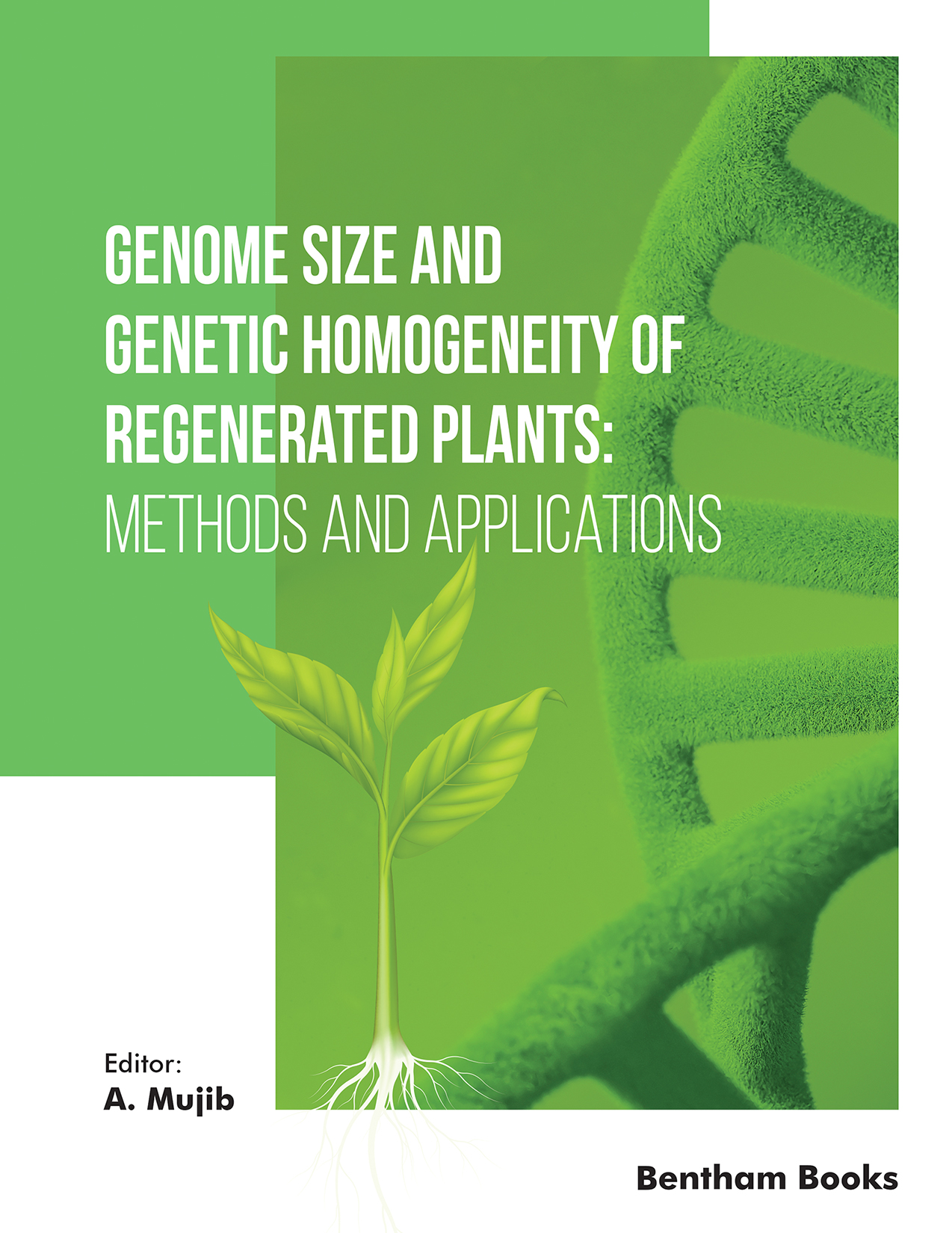Introduction
This reference is a timely compilation of studies of genome size and genetic stability of regenerated plants. It presents 13 book chapters that cover recent advancements in CRISPR/Cas-based genome editing, the use of molecular markers to analyze somaclonal variation in tissue culture, and genetic stability assessment in various plant species, including medicinally valuable plants like Valeriana and Coffea.
The book also highlights the role of flow cytometry in investigating polyploidy and provides valuable insights into genetic fidelity assessment of micropropagated woody plants and orchids. The contributors have shed light on the intra-specific and inter-specific genome and chromosome number variation with reference to gene duplication and DNA sequence loss. Molecular techniques for detecting ploidy levels and genetic homogeneity in regenerated plantlets are also discussed.
Additional highlights of the book include brief guidelines for experimental protocols for flow cytometry and molecular markers, coverage of a wide range of plants, and supporting references. This is an excellent reference for biologists, geneticists, and plant scientists exploring genetic homogeneity and genome size variation in diverse plant groups.
Audience: Researchers in biology, genomics, and plant science, focusing on genome size and genetic homogeneity studies in regenerated plants.

